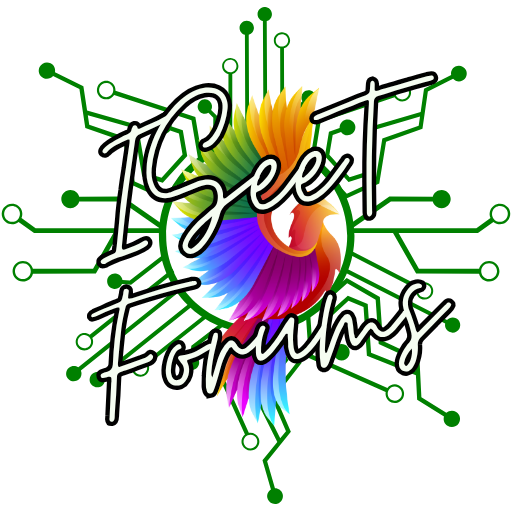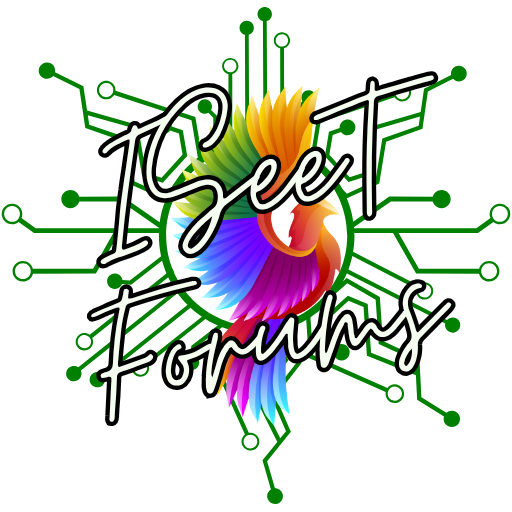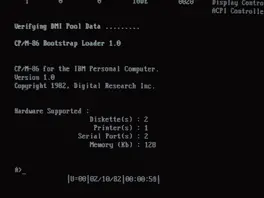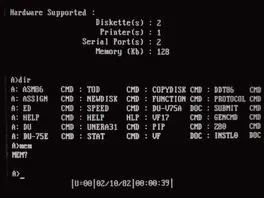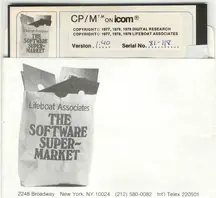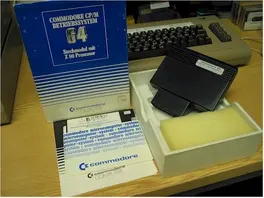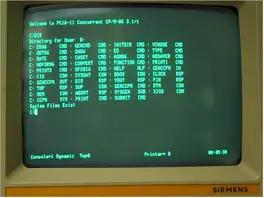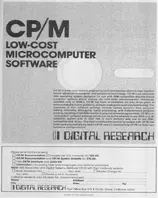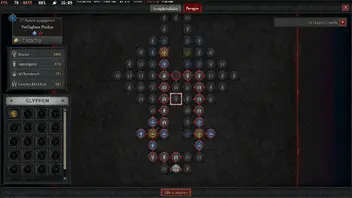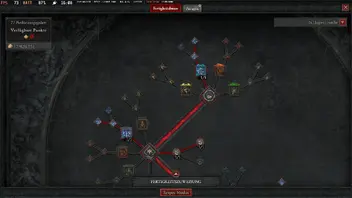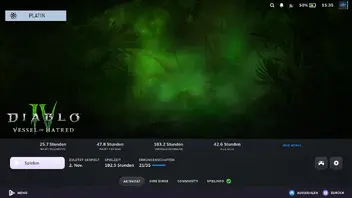CP/M 86
released | 1982 | floppies | onesided 5,25" floppies |
CP/M 86 was brought out by Digital Research for the Intel 8080 CPU.
It was the following version of the CP/M standart OS.
It’s an operating system for 8-bit computers. It looks rather like DOS to use (only not so user-friendly); this is hardly surprising because DOS was copied from CP/M in about 1980.
CP/M comes/came in three main versions; 1.4, 2.2 and 3.1. v2.2 was the basis of MSDOS, while v3.1 evolved into DRDOS and OpenDOS / DR-DOS.
There were also 8086 and 68000 versions of CP/M. CP/M-86 evolved into DOS Plus, Concurrent DOSand REAL/32.
They sold 600.000 copies of the OS. CP/M stands for: Control Program for Microcomputers
CP/M disc formats
The disc format used is to some extent implementation dependent. CP/M has no standard system (like the DOS boot record) to store disc parameters on the disc. Some individual systems use their own boot records (eg Amstrad PCW) but in general the only way to determine a format is to use a program like DISKSTAT on the computer which generated the discs. The sectors of some discs may be software skewed – again, the best way to determine this is to examine the translation table on the source computer.
The layout of a disc is:
Zero or more reserved tracks;
One or more data blocks, a multiple of 1k in size. The data blocks can span tracks and usually contain multiple sectors.
Any spare sectors – ignored by CP/M.
There is one directory (with a fixed size), which occupies one or more blocks at the start of the file space. The directory contains 32-byte entries.
DOS Plus 1.2 does not understand floppies bigger than 360k, and the only hard drive partitions it supports are DOS-formatted ones smaller than 32Mb. So, if you want to install it on your hard drive you may well have to do some serious partitioning.
It will boot in the Linux DOS emulator as long as you have two or fewer emulated hard drives. It will crash on booting if there are three or more.
Year 2000
8-bit systems
CP/M 1.x
The OS makes no use of dates and so is fully Year 2000 compliant. You will still need to check any applications you use.
CP/M 2.x
The original Digital Research CP/M 2 makes no use of dates. However, several third-party BDOSes have been produced, which behave like CP/M 2 but also include time and date functionality:
Z80DOS
Z80DOS itself is 2000 compliant. Its date utility (TIMEZD12.COM) will not display dates past 2000 correctly, but such dates can be entered.
DOS+
DOS+ itself is 2000 compliant. Its date utility (TIME.COM) will accept dates past 2000, if they are entered explicitly as four digits.
P2DOS
P2DOS is 2000 compliant, and it is supplied with an excellent date utility that is also 2000 compliant.
NovaDOS and SUPRBDOS are derivatives of P2DOS and the P2DOS information also applies to them.
CP/M 3.x (CP/M Plus)
The CP/M Plus BDOS is 2000 compliant, but the utilities DATE, DIR and SHOW are not.
16-bit systems
BDOS 2.x (CP/M-86 v1.1)
The BDOS itself includes no date functions. However, the BIOS displays the current date on the screen; Year 2000 patches for this are available at the Unofficial CP/M Website, DOWNLOAD >> CP/M-86 >> PATCHES
BDOS 4.x (DOSPLUS; Personal CP/M-86 v2.0/2; CP/M-86 Plus)
The BDOS itself is Year 2000 compliant. The PCP/M-86 v2.0/2 and CP/M-86 Plus utilities (DIR.CMD; SDIR.CMD; SHOW.CMD; DATE.CMD) will not allow entry or display of dates after 2000. The DOSPLUS equivalent (COMMAND.COM) will.
